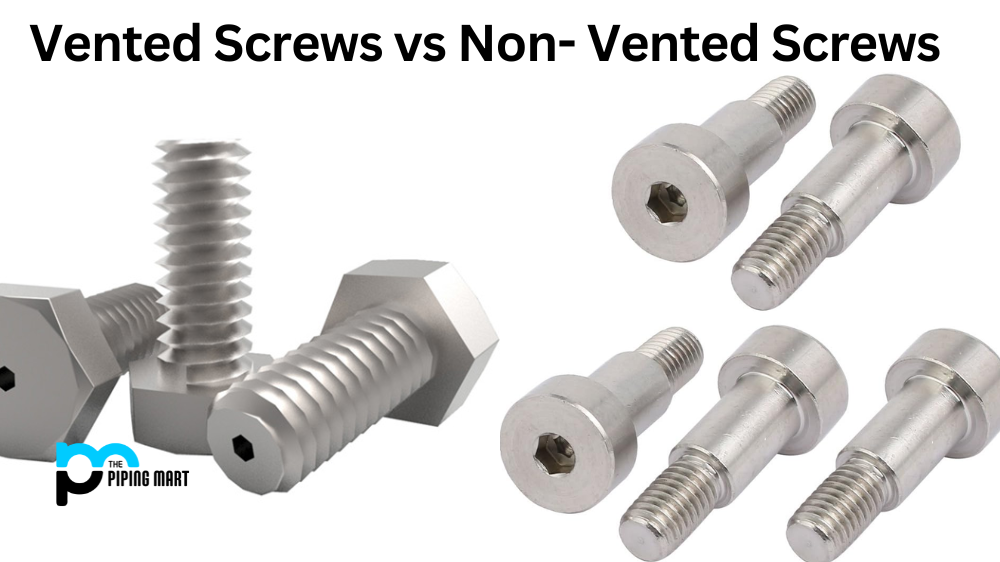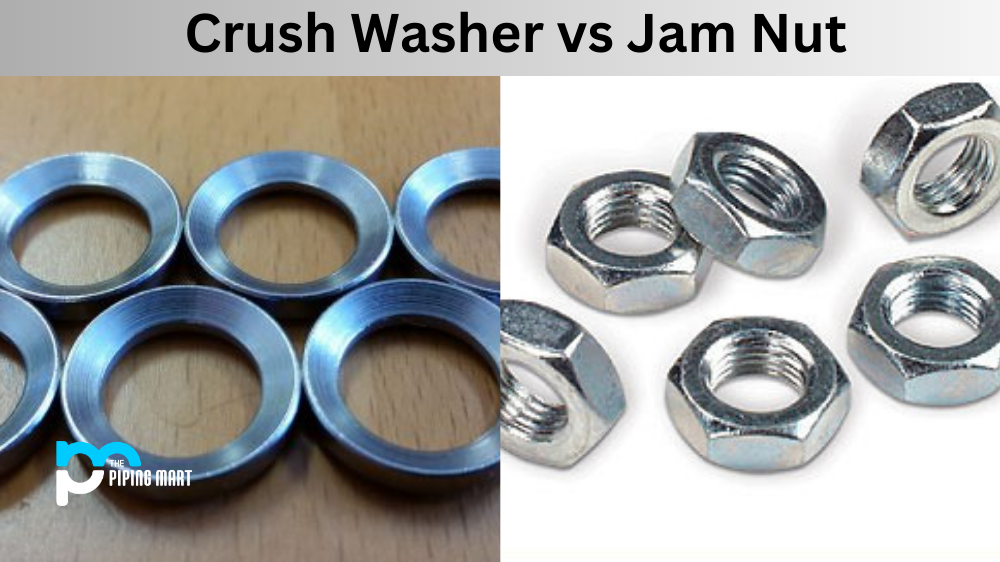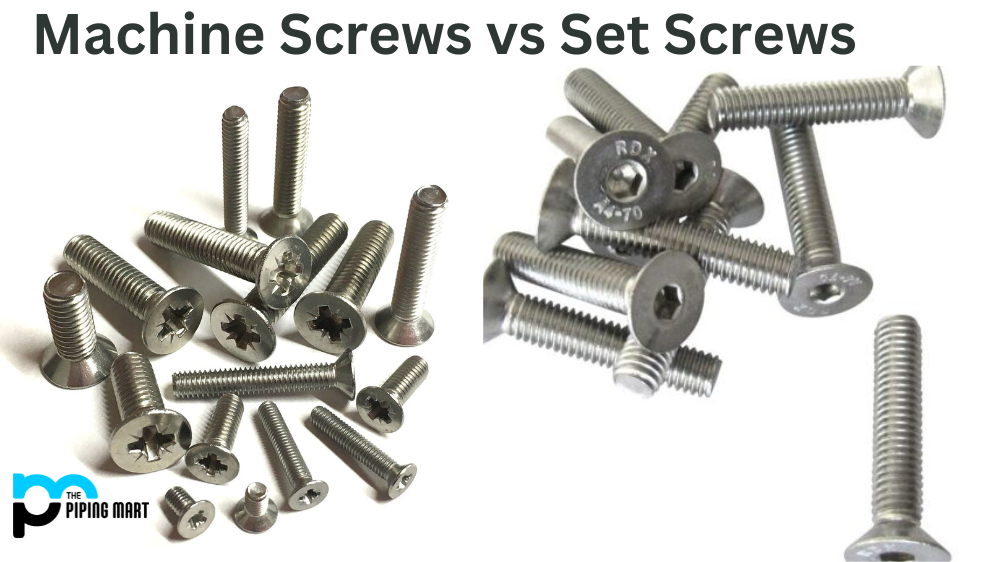Have you ever wondered why some screws have tiny holes while others do not? Well, you are not the only one. The primary difference between these two types of screws is in their design. The holes you see on some screws are known as vents or clearances around the shank, and they serve a critical purpose. This post will discuss the features and benefits of Vented Screws vs Non-vented Screws, so you can choose the right Screw to meet your needs.
What are Vented Screws?
Vented screws, also known as vent screws or breathing screws, are specialized fasteners designed to release trapped air or gas from enclosed spaces. These types of screws have a small vent hole located near the head, allowing for a controlled flow of air in and out of the screw hole.
The purpose of using vented screws is two-fold. First, they prevent pressure buildup within the enclosed space, which could cause damage or malfunction. This is especially important in industries such as automotive and aerospace, where precision and safety are paramount.
Secondly, these screws also help in preventing corrosion by allowing moisture to escape from the confined area. This makes them ideal for use in outdoor applications where exposure to moisture can lead to rusting and degradation over time.
What is Non-Vented Screws?
Non-vented screws, also known as unperforated screws, are a type of fastener used in building and manufacturing. Unlike traditional screws, which have pre-drilled holes to allow for air or liquid flow, non-vented screws do not have any perforations on their shanks.
But why are these seemingly simple screws gaining popularity in the construction world? Well, let’s explore the benefits and applications of non-vented screws.
Firstly, these types of fasteners provide a tighter seal compared to vented ones since there are no openings for air or liquid to pass through. This makes them ideal for use in places where leakage is a concern, such as water tanks or electronic devices.
Definition of Vented Screws and Non-Vented Screws
Vented Screws have tiny holes bored into the shank of the Screw. The holes allow air to be displaced from the hole as the Screw is driven into the material, thus reducing the back pressure of the air pocket being created. Reducing back pressure is essential, especially when pressure-sensitive products need to be assembled. As the Screw is being driven into the material, the air that is displaced will escape through the vent hole, resulting in a smooth, snug and secure fit.
On the other hand, Non-vented screws do not have vent holes and instead produce a pocket of air as they are driven into the material. The increased pressure created in driving the Screw can cause over-driving, raising the chance of the material cracking.
Practicality
Vented Screws are often used where accuracy is a priority. The holes in a vented screw make them ideal for use in material that needs ventilation, as it reduces the risk of over-driving and the creation of an enormous air pocket. Vented screws are also suitable for medical devices and orthopedic implants where an accurate fit is crucial.
Non-Vented Screw, by comparison, is more practical for general use. They are best used when installing wood or other high-density materials requiring greater torque and force. Their solid design allows the Screw to be driven firmly and tightly into the material without the risk of breakage.
Strength and Durability
Vented Screws may seem weakened by the presence of the holes. However, these holes have little to no impact on the strength of the Screw. When manufactured correctly, they do not affect the Screw’s integrity and, made to the highest of standards, can compete with non-vented screws.
Non-vented Screws, by comparison, are reliable and strong. The lack of the vent holes in these screws gives them real structural power. They are perfectly suited to materials that need additional strength and are often used in outdoor construction or when maximum strength is a must-have.
Cost
The final significant difference between vented screws and non-vented screws is the cost. Vented screws are often more expensive because of their precise production standards and unique design, which require additional precision. They are used only in specific applications, such as medical devices and orthopedic implants, driving up the costs.
Non-vented screws are more affordable, as they have a broader range of applications and are less challenging to manufacture, making them a reliable choice for general use
Conclusion:
In summary, Vented Screws and Non-Vented Screws differ in their design and purpose. Vented screws are more precise and suitable for pressure-sensitive materials, whereas non-vented screws offer more strength and durability in high-density materials. Before choosing your screws, it is essential to understand their differences and available options to avoid costly wrong selections. As always, expertise is just a call away, and we are delighted to help you make the right decision for your project.
Sakshee is a talented blogger, with a particular focus on the Business and Metal Industry. She is passionate about sharing her insights on various metal products and helping professionals to make a better decisions.




